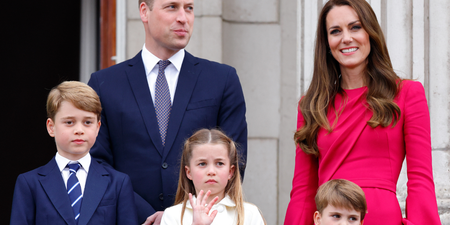I remember vividly one time when my little boy was three and threw a tantrum so epic in the aisles of our local M&S supermarket that I am certain the staff still to this day remember it.
It was loud. And intense. He was on the floor, arms and legs flailing, and he was screaming as loud as only three-year-olds can. So much so that it made my then six-year-old cry too – out of pure embarrassment over her brother.
I begged. And pleaded. I could feel the sweat dripping down my back as I tried to somehow gather his limbs so he couldn’t kick shelves of groceries or other shoppers as they passed by us, carefully stepping over the screaming toddler on the ground.
And yes, I know tantrums are common and a normal part of child development – but still, when you find yourself in this situation, it is hard to remember all this as you are just standing there, hoping the ground will open up and swallow you into it.
I remember worrying about what the other shoppers thought. I was scared of them judging me, and judging my parenting. I was trying to comfort my other child, who was, if possible, more mortified than me. And then suddenly, an older lady came up beside me, and gave me a little smile and went: “Ah, bless – he’s just having a moment, isn’t he?”
And just like that – even though my little boy was still howling – I felt calmer. Because she was so right – that is exactly what was happening – he was just ‘having a moment’ and every other parent in that store had no doubt gone through the same at some point. I just needed to calm myself down first.
He calmed down eventually, of course. And let me hold him and wipe his tears, and we managed to get out of the store with our groceries paid for and our sanities more or less intact.
Yes, tamtrums are full-on. But they are also normal and necessary and nothing to feel stressed or embarrassed about. But still, knowing more about why tantrums happen and how to best deal with the different types of tantrums will make it easier for us parents to stay calm during the chaos.
Did you know there are two types of tantrums? There’s the kind where your child tells you what they want, argues with you, and looks to see how you react to them. We call these top tantrums. Then there is the other kind, where your child is inconsolable, runs away or hits, cries uncontrollably and does not even hear you, let alone listen to reason. We call these bottom tantrums.
Five ways to deal with top tantrums
Top tantrums, sometimes called manipulative tantrums, are logical and use the prefrontal cortex of your child’s developing brain—the part that governs speech, thought and reasoning. So some smart tactics can turn these around very quickly before they get out of hand.
Try to spot the top tantrum before it really gets going, and use these methods to stop it from devolving into a meltdown:
- Respond in a calm tone. Even when you’re annoyed beyond belief, responding calmly will prevent the conversation from escalating further.
- Explain in a way your child can understand. Remember, they don’t understand the situation and context the way you do. Avoid complex language, logic, or reasoning and help them understand why now isn’t a good time.
- Set timely expectations. Instead of “we’ll do it later”, give a specific timeframe: “we can go to the park after we shop” or “we will go to the park on Friday”. This shows your child that you’re taking their request seriously.
- Start with “yes”. “Yes” can also mean no when you set the expectation afterwards. For example: “Yes, you may have a cookie… after dinner” or “Yes, we can go to the playground after we have lunch with grandpa”.
- Distract with a plan. Sometimes your efforts will still end in tears and that’s okay. Distract your child by planning the thing they want, together. Ask them questions or have them tell you what they like about that thing. For instance, “what kind of cookie will you have after dinner?” or “what do you most want to play on at the park?”
Top tantrums are opportunities to teach your child the life skill of using their words to get what they want.
Five ways to deal with bottom tantrums
Bottom tantrums happen when the logical brain gives up control to the primitive brain—governed by instinct and emotion and programmed to respond with fight (hitting, throwing), flight (running away, hiding), and freeze (curling up, sobbing). When in this stage, your toddler’s body is flooded with hormones that need time to subside before the logical brain can take over again.
If you’re too late and a bottom tantrum has begun, here are a few techniques to deal with a meltdown:
- Remember, it’s not your job to fix it. Tantrums are a natural part of your child’s development as they explore language, learn words for feeling and develop communication skills.
- Accept that a tantrum is happening. Bottom tantrums take time and can last from 20 to 90 minutes. Your child’s body needs some time to clear out all that cortisol (stress), so try to be patient with the process.
- Stop talking. Trying to make yourself heard over your screaming child will only cause more stress for both of you. During a meltdown, your child can’t respond to your reasoning or instructions. Instead, speak less and use appropriate non-verbal techniques like breathing exercises and getting down on their level for a hug.
- Go somewhere calm. When you’re in public or around others, this can add stress and pressure to the already stressful situation. Go find a quiet place or a safe familiar place, like the car or your child’s favorite corner. You can refill your shopping cart later; abandon it and get to a safe space to wait it out.
- Prepare a tantrum kit. The kit can include physical items to help calm your child, as well as techniques or activities your child responds well to. You know your child better than anyone, so personalize your tantrum kit to their needs and the situation or environment in which the tantrum is likely to occur.
RELATED ARTICLES
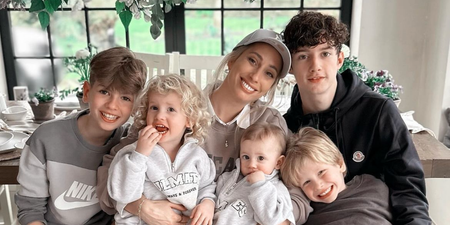



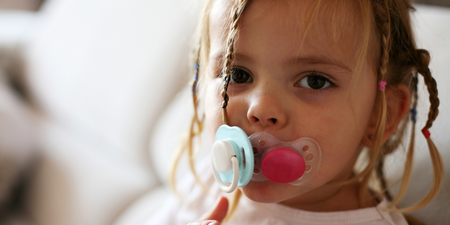

MORE FROM HerFamily





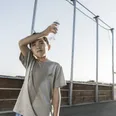






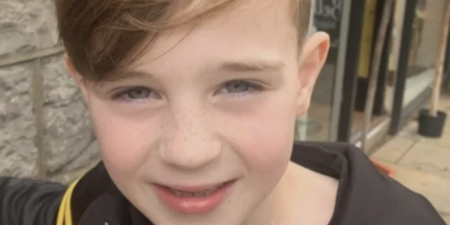
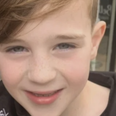










MORE FROM HerFamily
